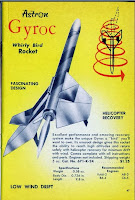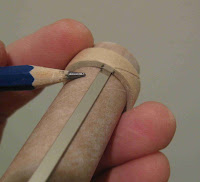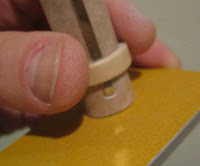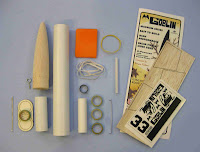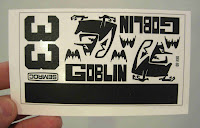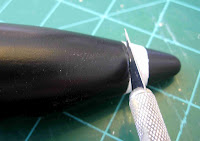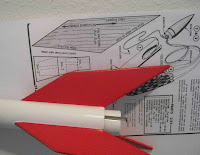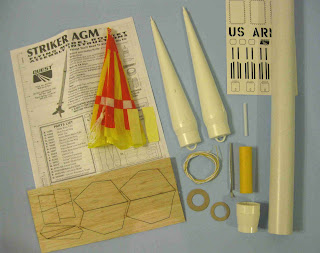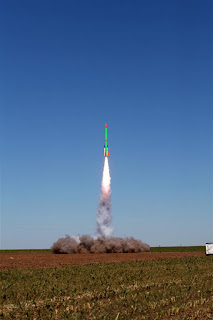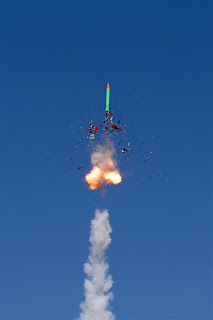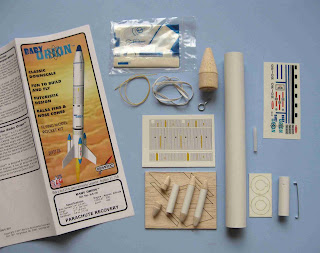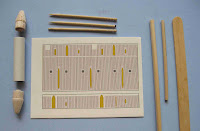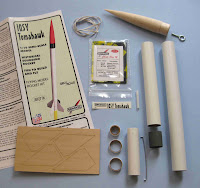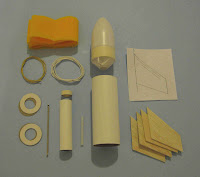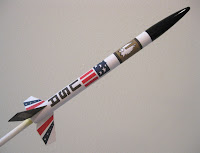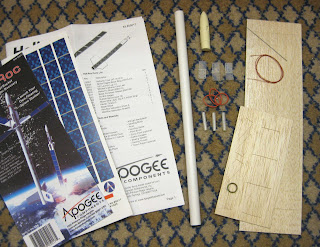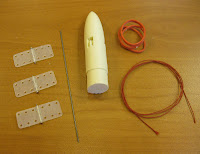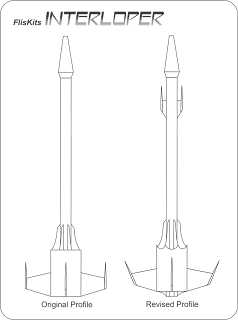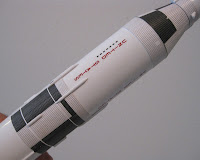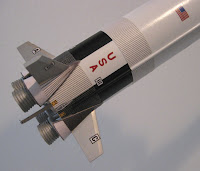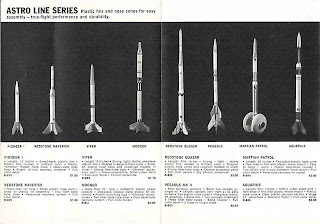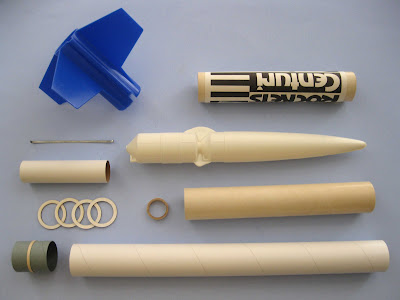It may seem obvious that spray paint will add weight to a model rocket - but how much? This was a question I had recently.
I hadn't started a new rocket in a while, and I wanted to build something simple. From my build pile, I grabbed the Estes Monarch, a simple rocket I'd purchased during the holiday clearance sale from the Estes website a couple of years ago.
The Monarch is one of those rockets which are larger than they seem when you see images of them online. At 1.33 inches in diameter, it stands over 22 inches tall. It's a larger, but not enormous, low power model rocket, and I decided it was a good one to work on finishing techniques with. I also thought I'd try to find out how much weight I tend to add when I paint.
With an 18mm diameter motor tube, the Monarch is a B-C powered rocket. According to the face card, it should fly to an estimated 700 feet on a C6-5 motor.
With its large, swept back fins, I thought it would make an easy conversion to 24mm D motors. But whenever you upgrade a rocket like that, you want to make sure it will still be stable. I also wanted to know how much more altitude I could expect with a D12 motor. So I carefully built a simulation in OpenRocket.
After building the rocket, I weighed it. First, I weighed it with just the fins glued on, before adding any fillets or wood grain filler - which would make the fins smooth and prevent the wood grain from being seen through the paint.
The nearly finished rocket weighed in at 56 grams exactly.
Then I located the CG on the rocket.
I added fillets to the fin roots, using Titebond Molding and Trim Glue - a type of wood glue which dries quickly, is less prone to shrinkage, and resists sagging. This makes it an excellent glue for fillets.
 |
Titebond Molding and Trim Glue, capped with an Elmer's Glue-All nozzle.
I found this tip on Chris Michielssen's Model Rocket Building blog. |
Titebond Molding and Trim Glue does shrink a
little, so I usually do two or three layers of it, allowing it to dry between each layer.
After adding glue fillets, I weighed the rocket again. It had gained exactly one gram, coming in at 57 grams.
Adding 1 gram of weight should change the Center of Gravity slightly. I found the new CG. It had moved aftward by just over 1/8 inch.
Next, it was time to fill in the wood grain. I usually use Elmer's Carpenter's Wood Filler (CWF) to hide the wood grain on balsa fins.
But I'd had some frustration with it recently, and wanted to try out other methods to see what results I could get. A standby which model rocketeers used for decades is something called
sanding sealer. It seals the pores of the wood, and allows you to sand the fins much smoother.
While CWF is best applied and sanded before attaching the fins to the rocket, sanding sealer can be applied with the fins already glued on.
Since sanding sealer is mostly sanded off, I wondered if it added any weight.
Even when it feels like it's all been sanded off, sanding sealer fills the pores in the wood. On this rocket, with sizeable fins, sanding sealer added 0.4 grams. The CG moved aftward only a little.
 |
| With glue fillets and sanding sealer, the CG has moved aftward less than 1/4 inch. |
With glue fillets and sanding sealer on the fins, the rocket has gained only 1.4 grams, and the Center of Gravity has moved less than 1/4 inch toward the tail. The one thing I haven't learned from this build so far is how much weight is added by the glue attaching the fins to the rocket. Obviously, you need to glue the fins on, but if I'd been really diligent about weighing all the parts before building - something I normally do - I'd know how much the glue itself weighs.
Nonetheless, now we have a rocket which is built, but which is unpainted. It weighs 57.4 grams. Time to run a simulation to see what kind of altitude I can expect.
I'll override the mass of the rocket, so that my simulation matches the real thing - 57.4 grams. Then I'll run two simulations simultaneously - one with an Estes C6-5 motor, with which the rocket is designed to fly, and one with a D12-5 motor, since I've enlarged the motor mount.
I've also overridden the CG on the rocket, and here's something interesting, which we'll look at again below.
You see where it says "Stability:0.901 cal?" That's the static margin of stability when a heavier D12-5 motor is installed. "Cal" is short for
caliber, and it refers to the diameter of the body tube. This rocket is 1.33 inches in diameter.
1 caliber stability would mean that the Center of Gravity (CG) is exactly 1.33 inches forward of the Center of Pressure (CP). 0.901 caliber means that the CG and CP are closer together than 1.33 inches - and the minimum safe margin of stability is 1 caliber. So far, with the rocket built this way, the D12 shifts the CG back far enough so that the rocket may be
understable.
This is one reason I always make a simulation, especially when modifying a kit in any way.
But, we'll get back to this down below.
Let's run the simulations.
On a C6-5, the rocket hits 688 feet - very close to what the Estes face card tells us. With the D12-5, the Monarch soars to just under 1,100 feet, with a top speed of 255mph! Very nice!
But now, it's time to paint.
For primer, I went with my standby - Rust-Oleum Filler Primer - an automotive primer with a high "build," allowing it to fill in imperfections and scratches in the surface below. This was really helpful when using sanding sealer, as opposed to CWF, because while CWF actually
fills in the wood grain, sanding sealer simply prevents primer and paint from soaking into the wood. In other words, you may need to apply a few coats of primer and sand carefully to hide all the grain. The filler primer helps fill in any deep troughs in the grain, making the fins nice and smooth.
I followed two or three well-sanded coats of primer with Rust-Oleum Painter's Touch 2X Ultra Cover Gloss Marigold, a beautiful golden yellow paint.
I allowed that to dry for several days, and finished with an accent color - Rust-Oleum 2x Colonial Red.
The rocket turned out simple but lovely. I decided it didn't need any decals.
Now it was time to find the answer to our main question - how much does the paint job weigh?
75.8 grams! That's quite an increase in weight. In painting the rocket, its mass increased 18.4 grams - an over 32% increase. Put another way, the paint is just over 24% of the final weight of the rocket.
Nearly 1/4 of the weight of this rocket is just the paint job.How is this going to affect the rocket's flight? Let's plug in the new numbers and look at our simulation.
First of all, the added weight has actually fixed one of our problems - stability.
With the added weight of the paint over the whole body of the rocket, the Monarch is now comfortably at 1.2 caliber stability with a D12-5 motor.
This might seem strange to you, unless you think about it this way:
Imagine balancing a chop stick horizontally on your finger. Now, if you add a 1 ounce blob of clay to one end, its center of gravity moves so much that to re-balance it, you have to hold the chop stick much closer to the end with the clay on it.
But if you balanced a 2X4, a 1 ounce blob of clay would make much less difference. In order to re-balance the 2X4, you'd only have to shift it over a very little bit. The more massive an object is, the less a small amount of weight on one end is going to affect its CG.
The added weight of our paint job has taken away the worry about stability on this rocket. If the Monarch had remained understable after painting, I would have fixed the problem by adding nose weight - most likely, by inserting a small amount of modeling clay into the nose cone and ramming into place with a dowel rod. Now, I don't have to do that.
Note: These simulations are pretty good, but when altering a kit like this, you always want to check stability on the real thing before you fly! Always measure the CG and CP on the finished rocket - with the motor installed - or simply do a swing test! ,But how will the added weight of the paint affect our altitude?
On the C6-5 motors, we've lost nearly 100 feet in altitude. For lower flying low power rockets, that's pretty significant - for us, it's about a 13% loss in performance.
On the D12 motors, we've only lost 42 feet in altitude, down from 1,096 to 1,054 feet, a bit over 3% loss in altitude.
* * *
With the rather simple paint job I gave this model rocket, I added quite a bit of weight. So, could I have painted lighter? How can we add less weight when we paint? If paint adds weight, and weight lowers altitude, why bother painting rockets at all?
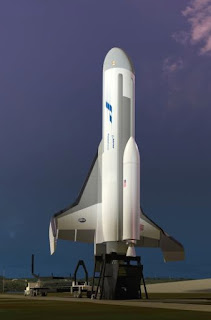
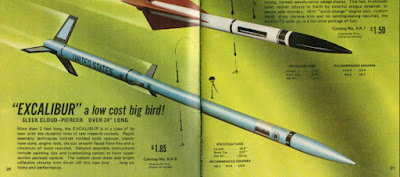
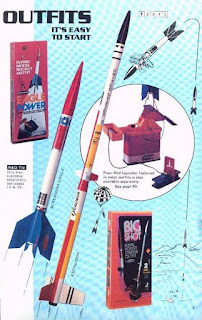
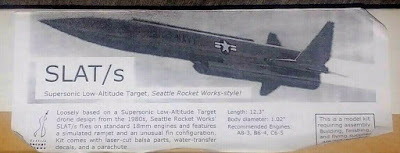
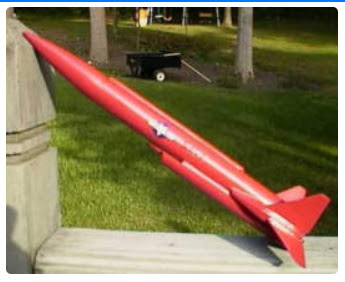



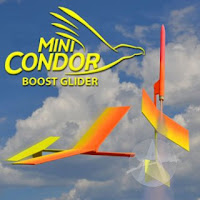
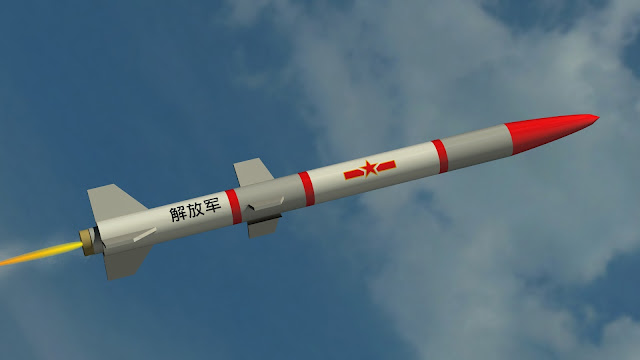
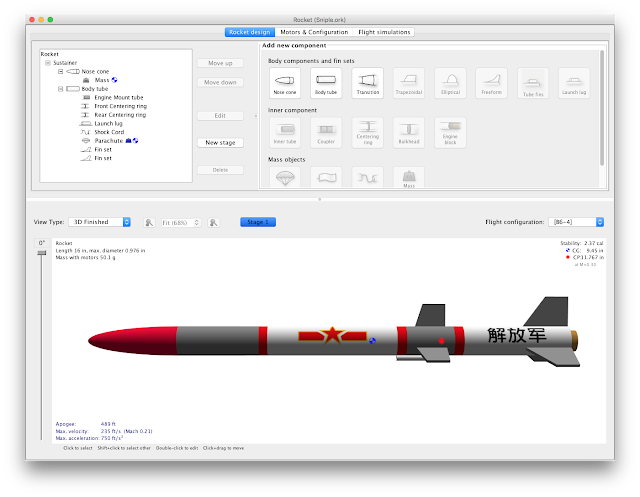
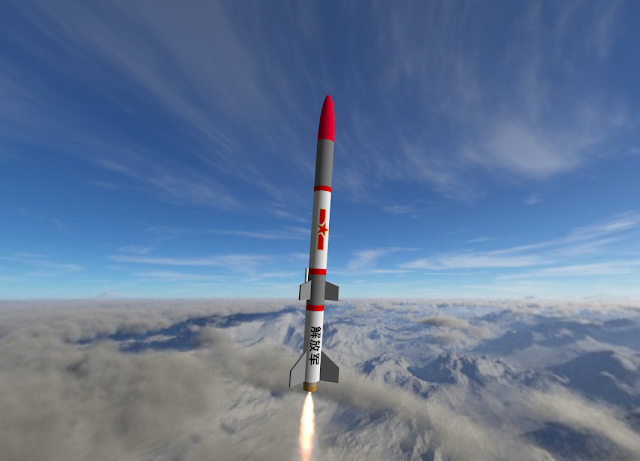
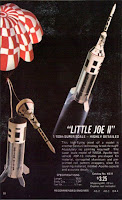


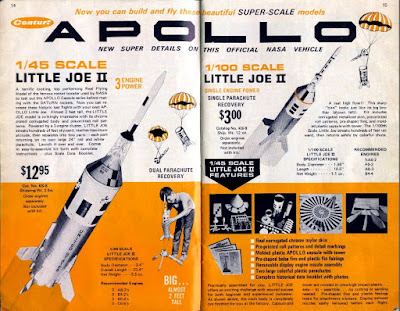
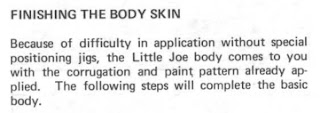



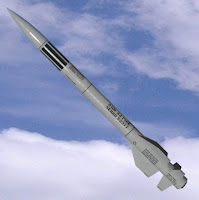
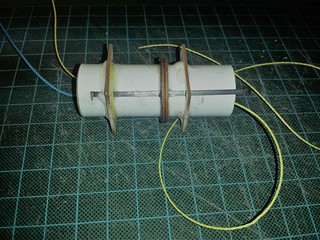
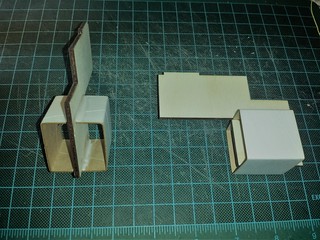
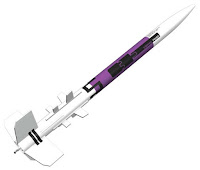
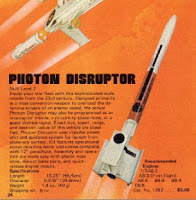




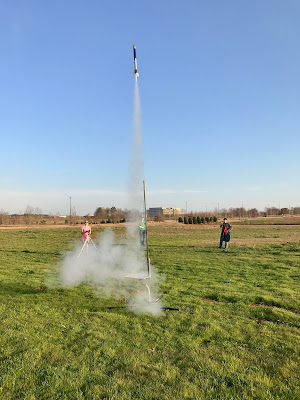

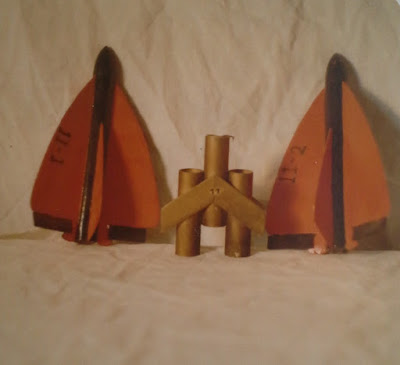



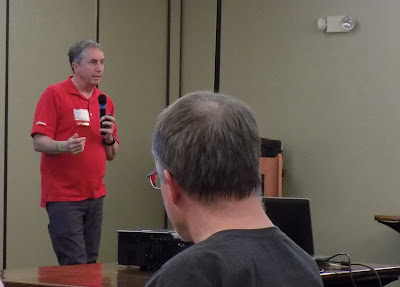
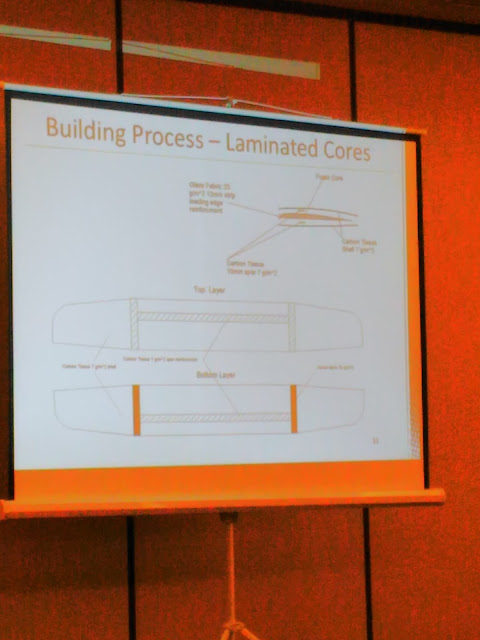

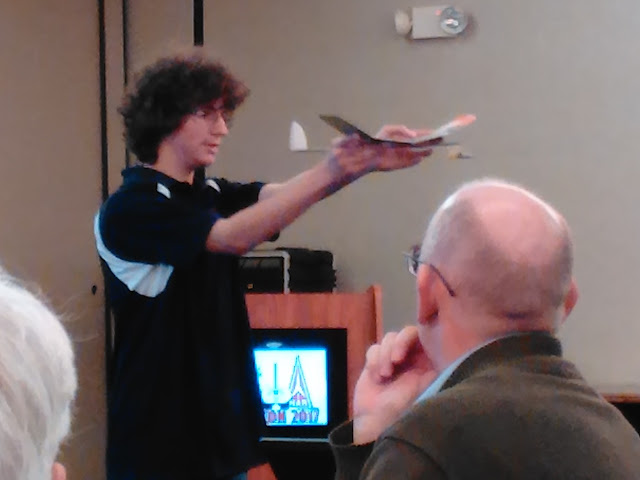



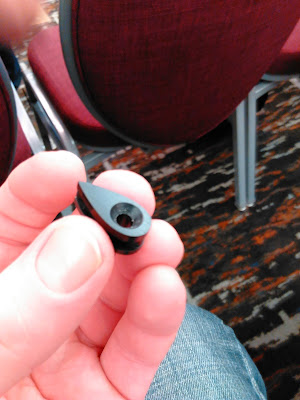


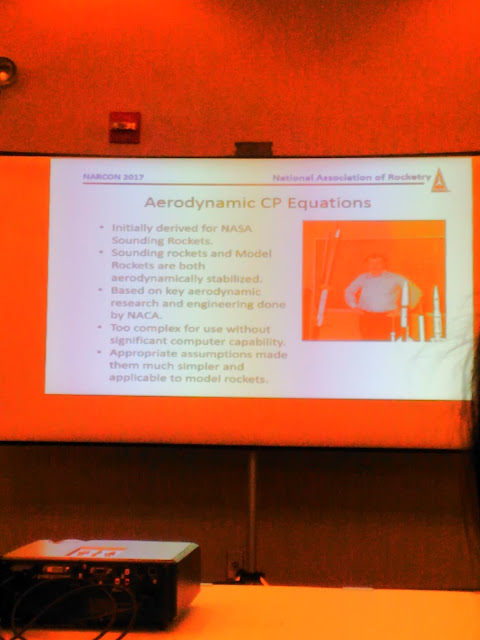
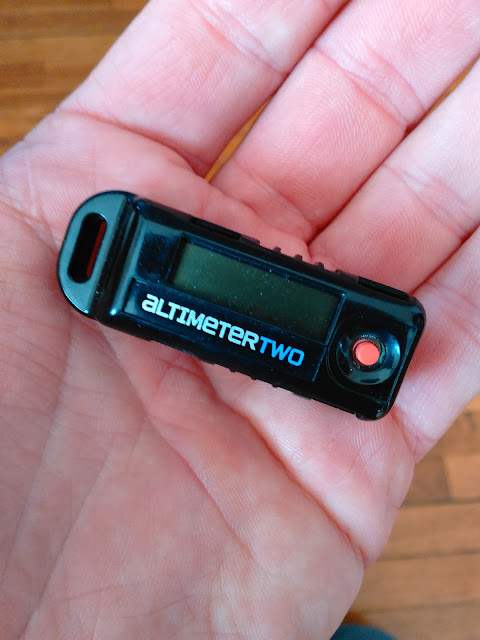

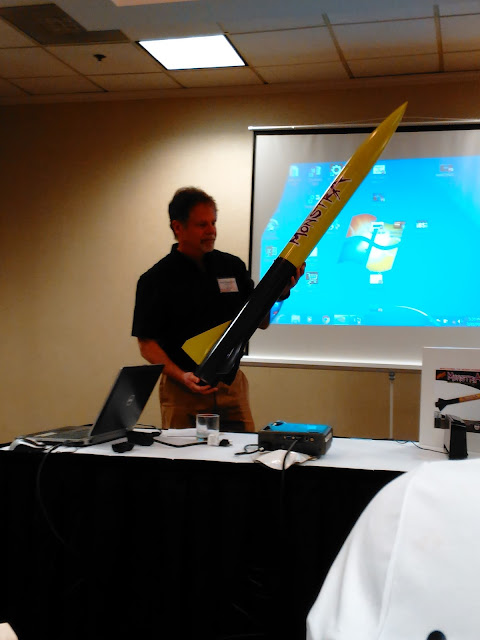


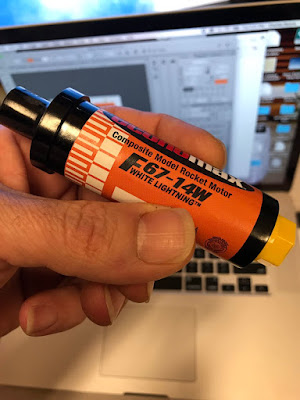

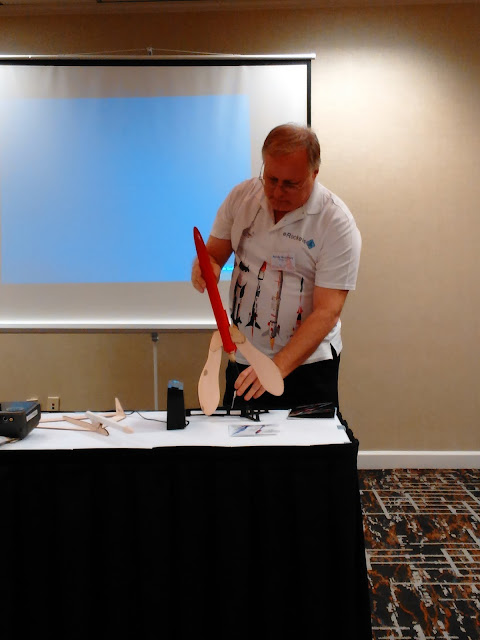






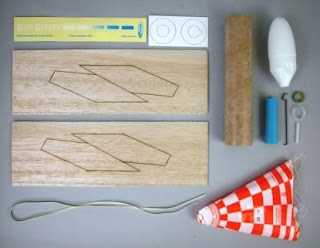











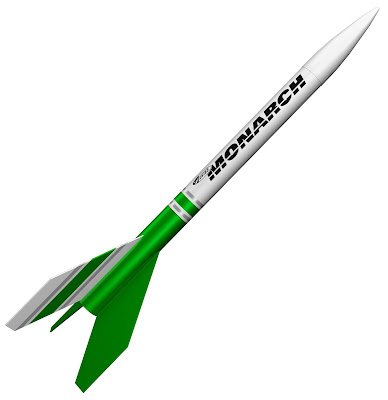




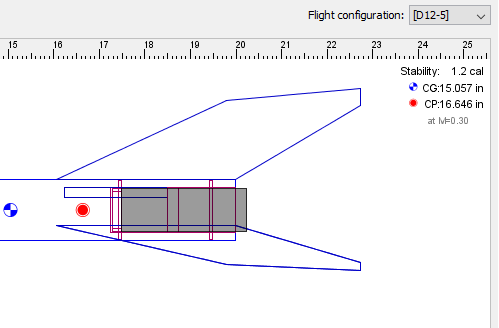

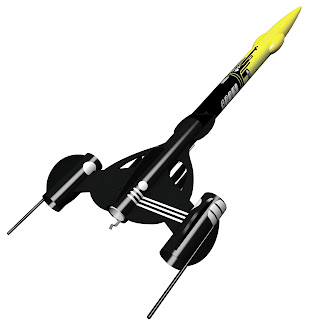


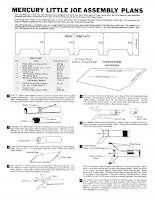
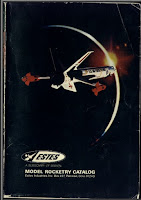


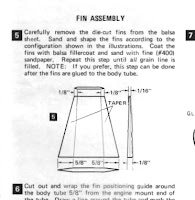
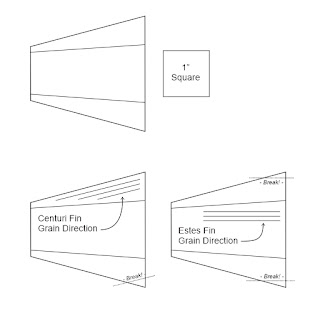
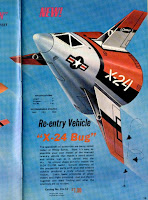
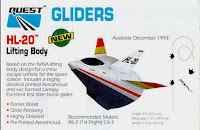

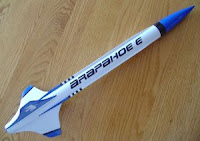


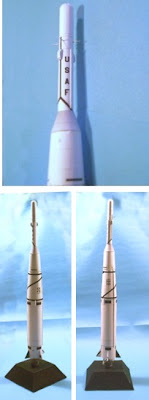
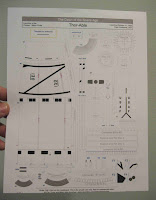

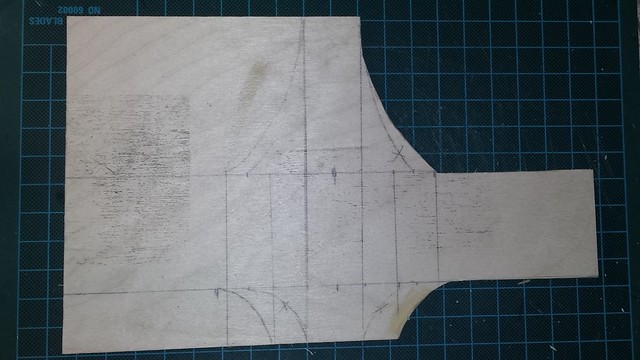


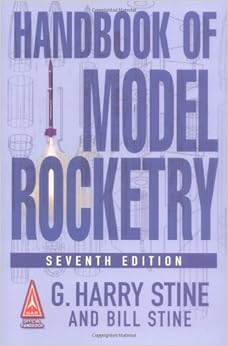







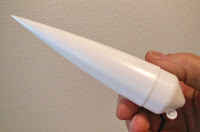
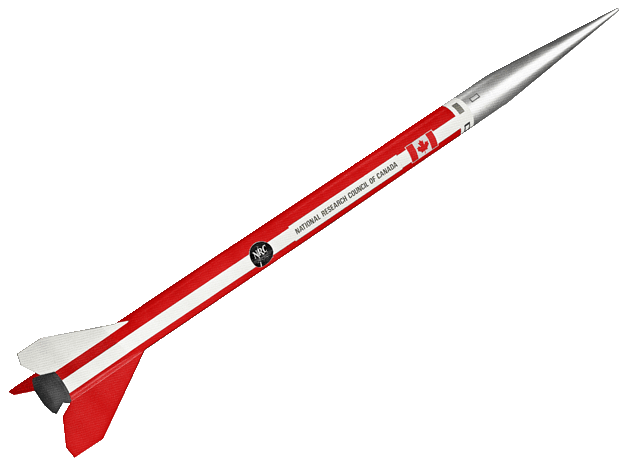

.jpg)





